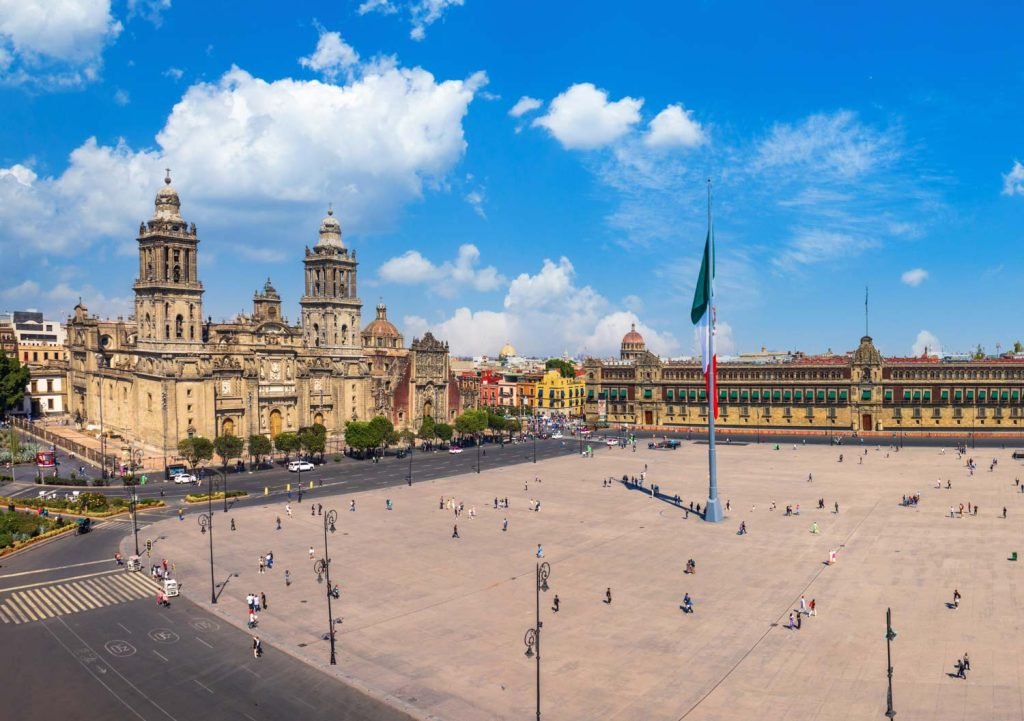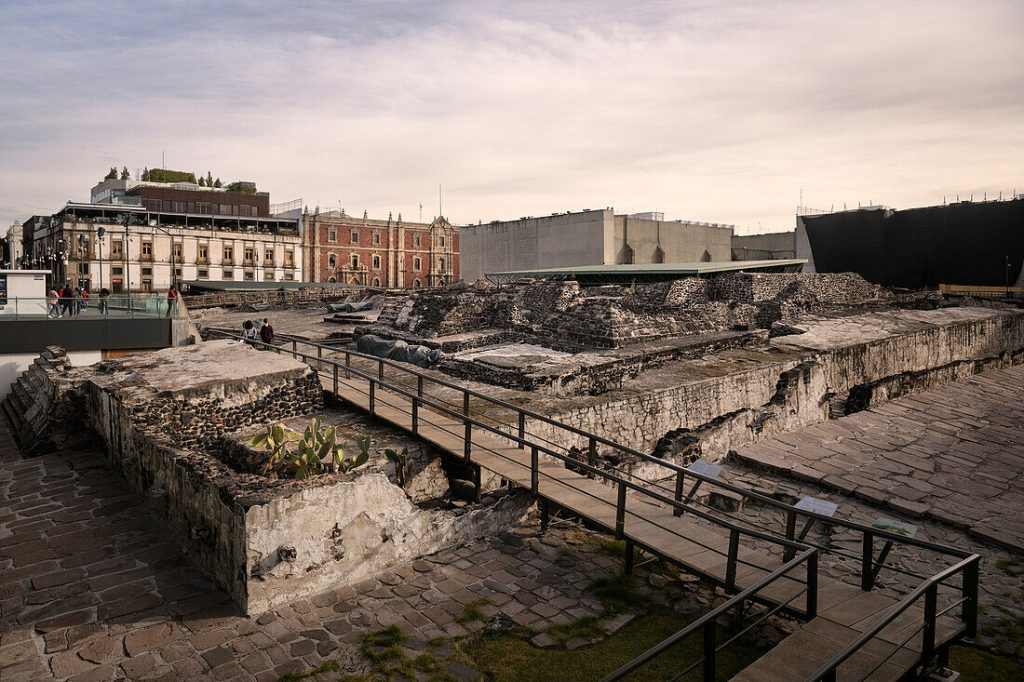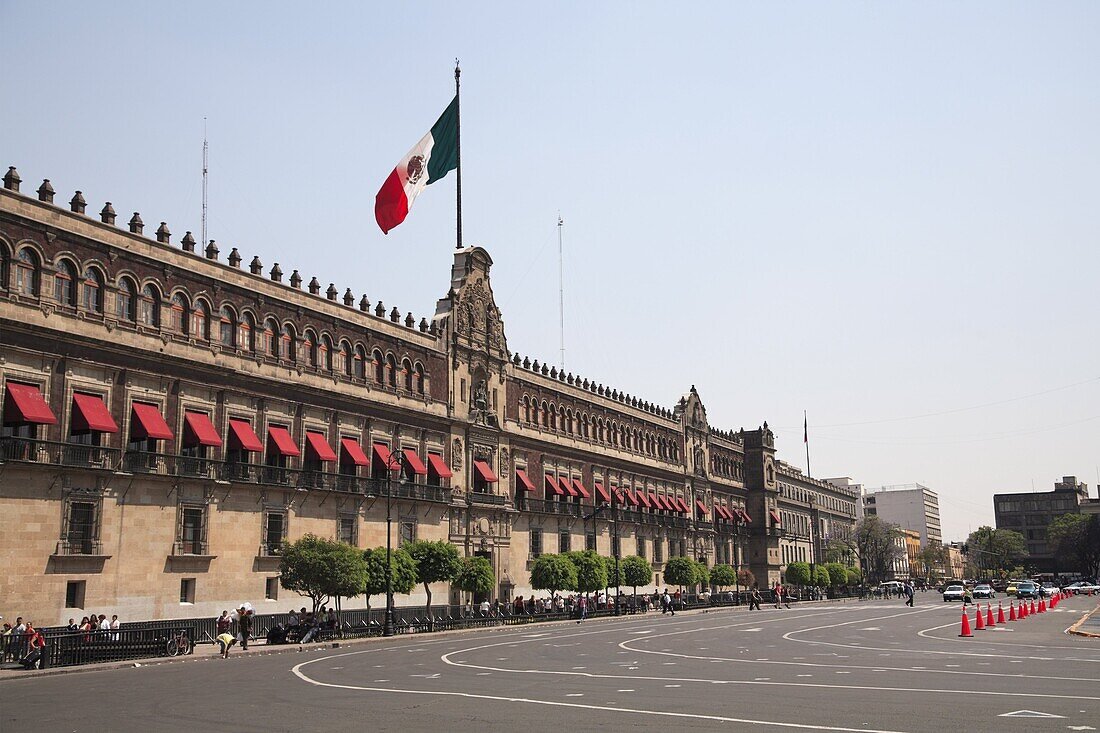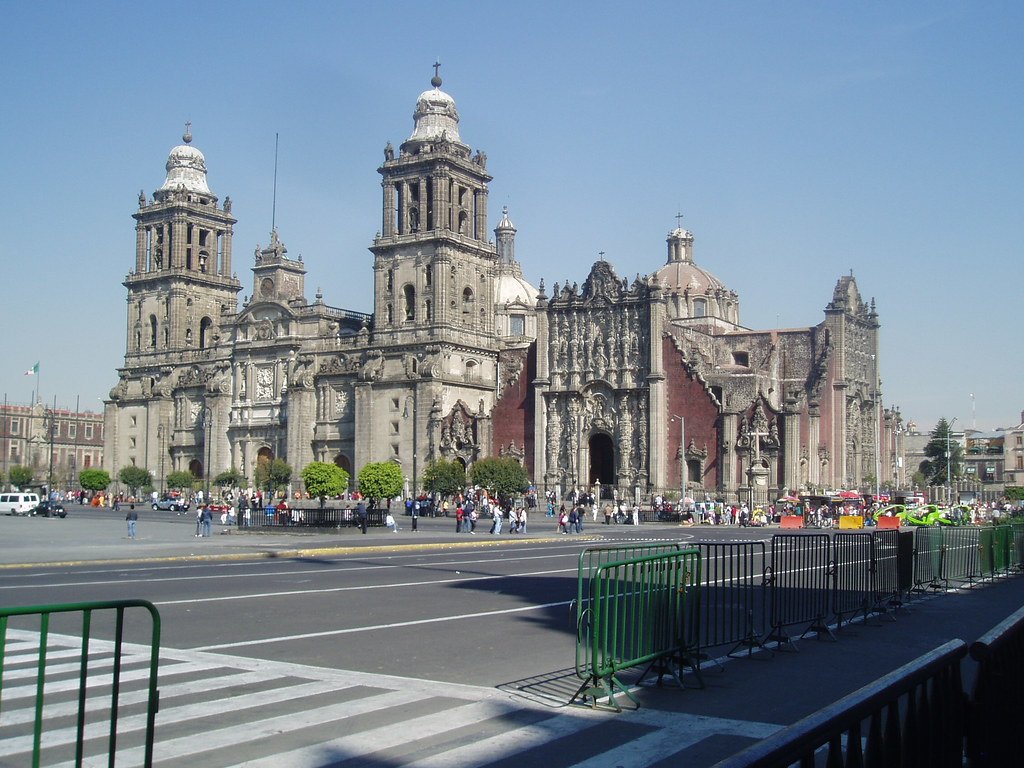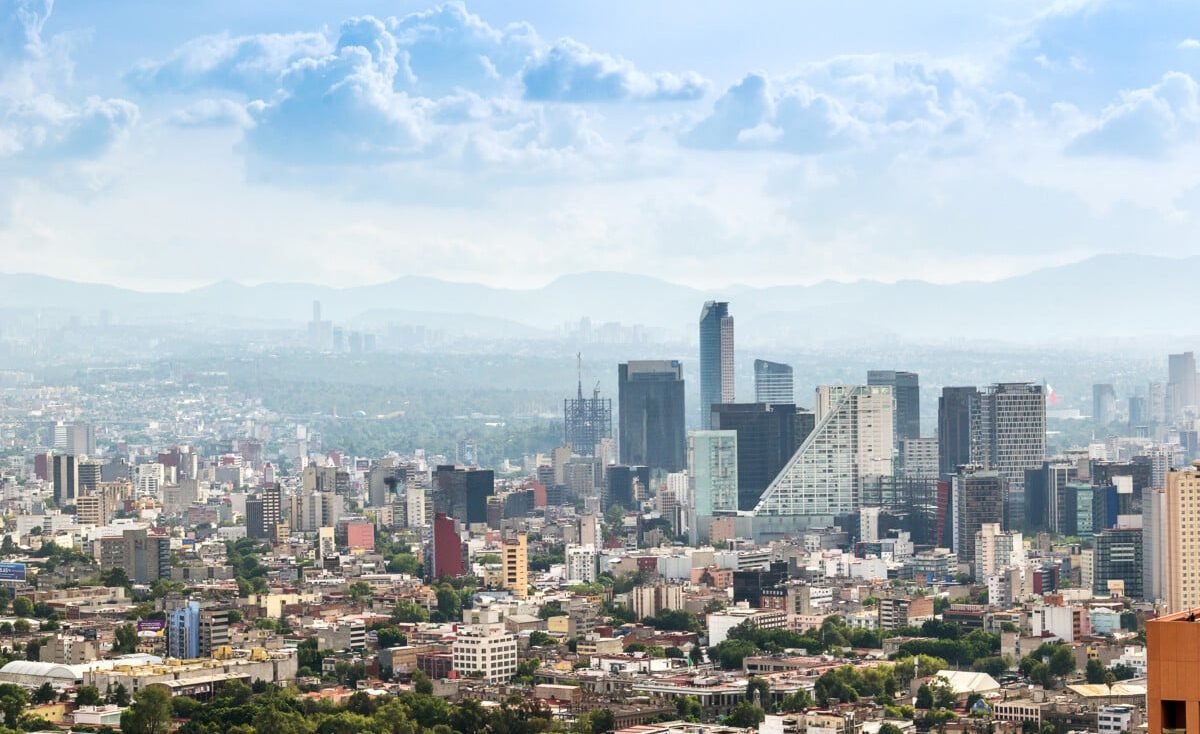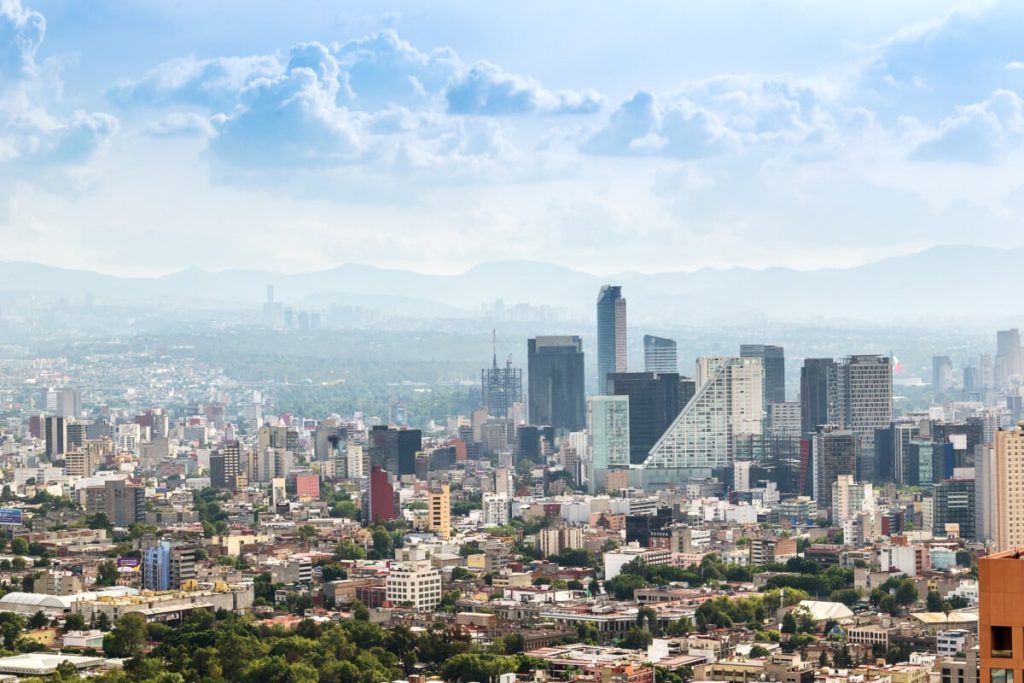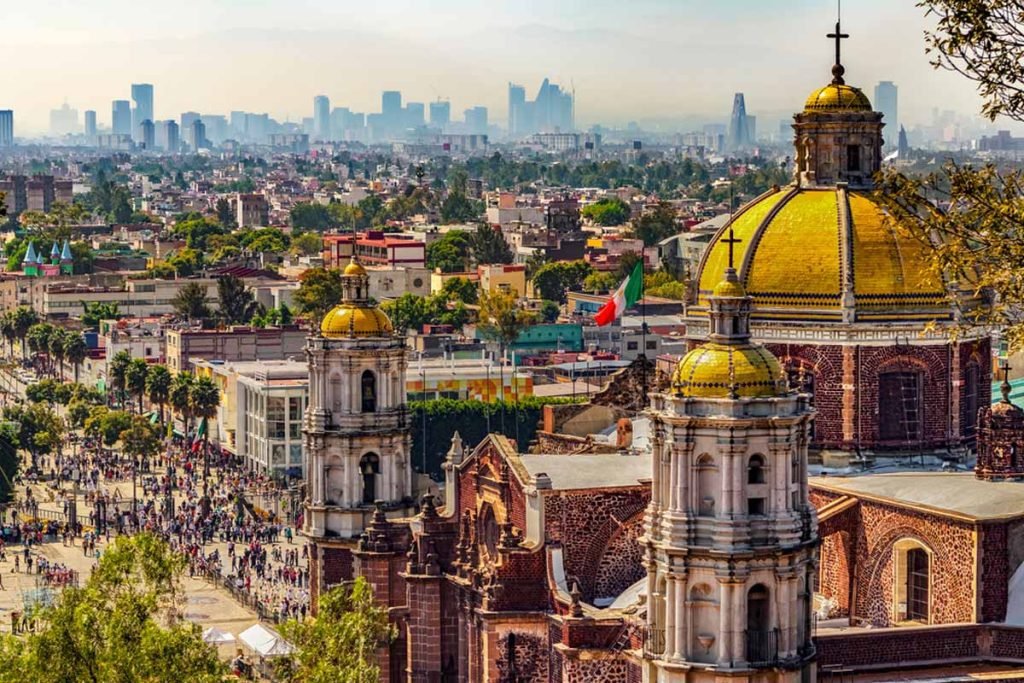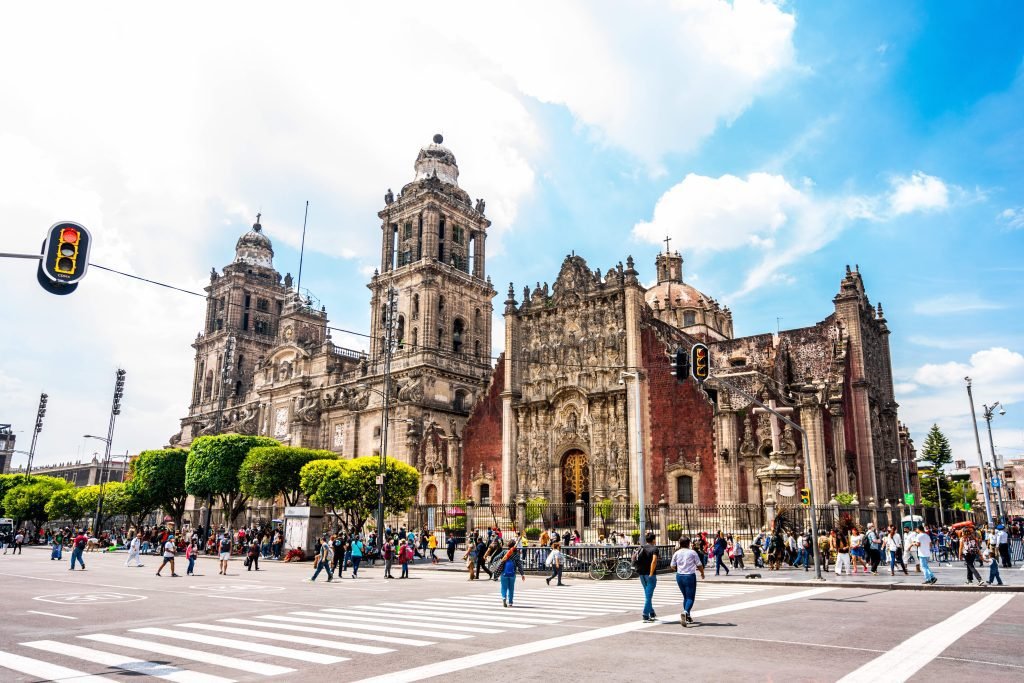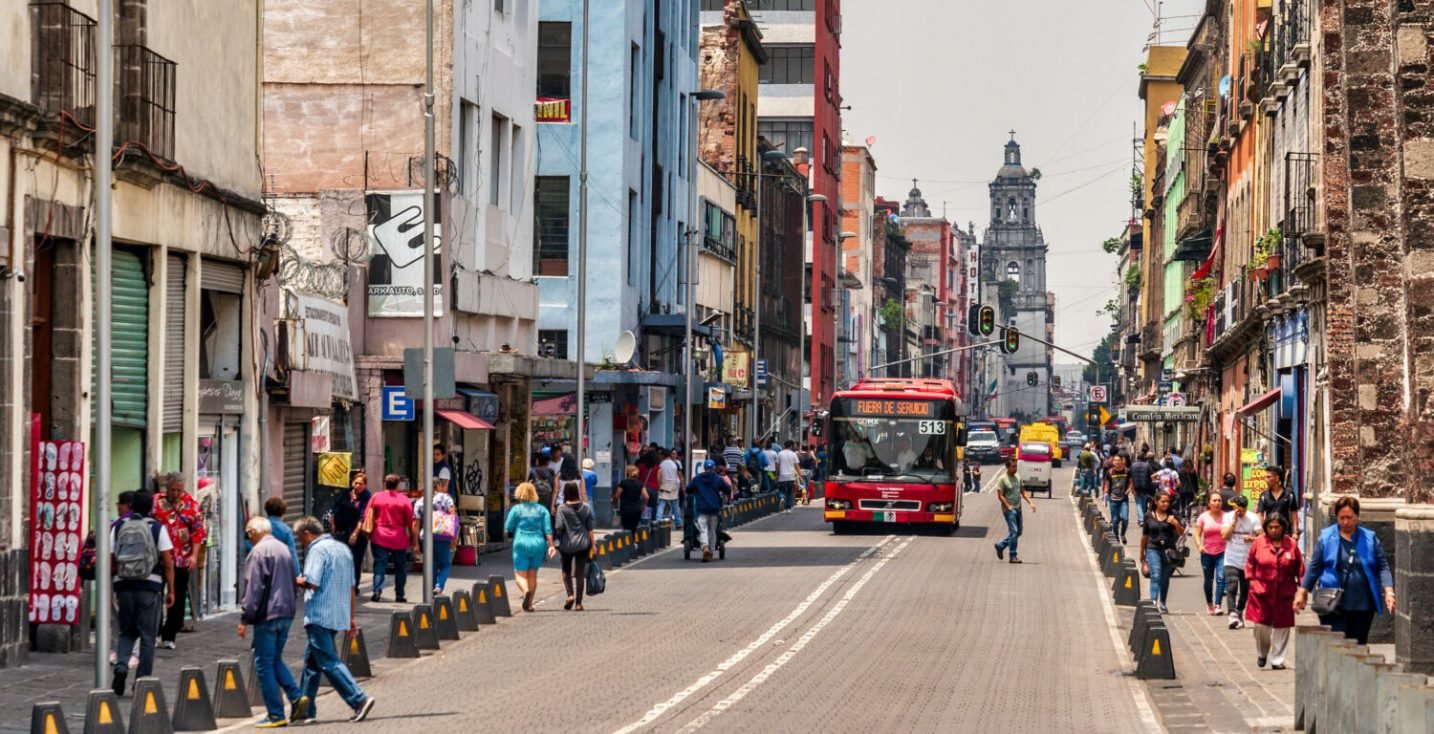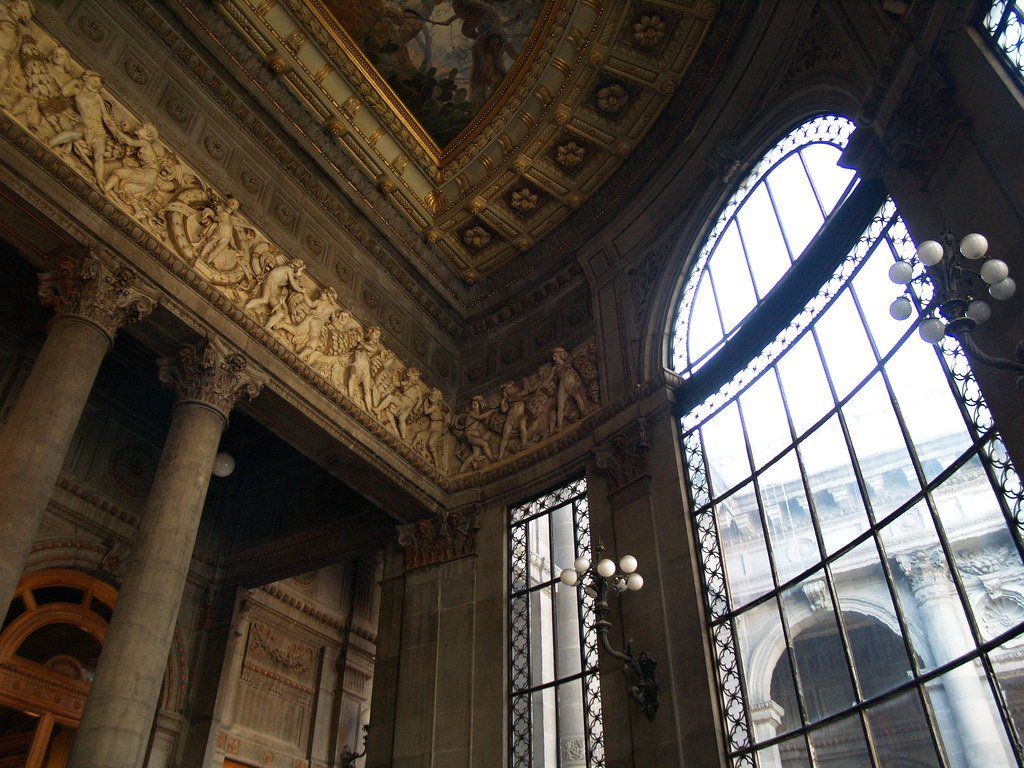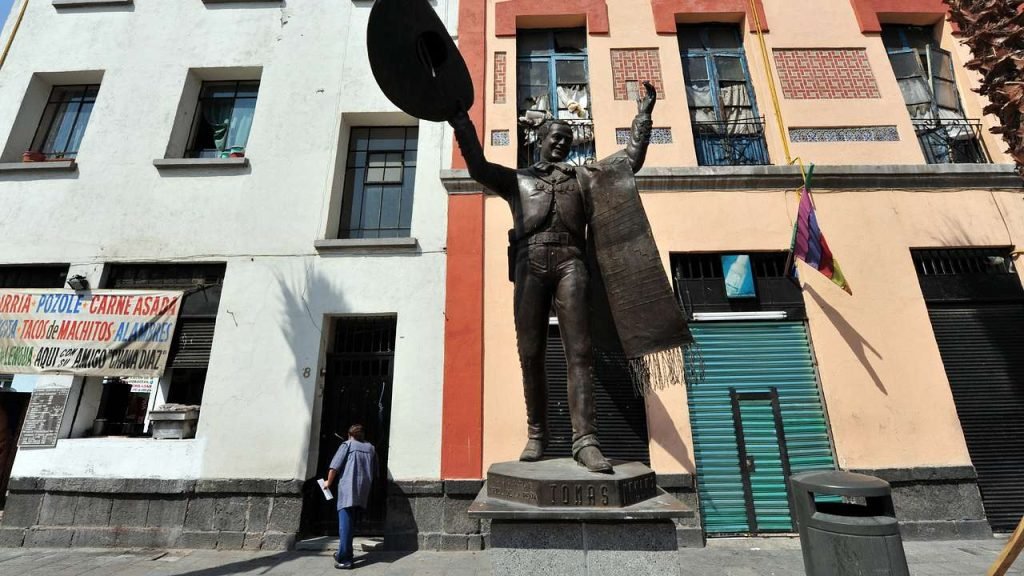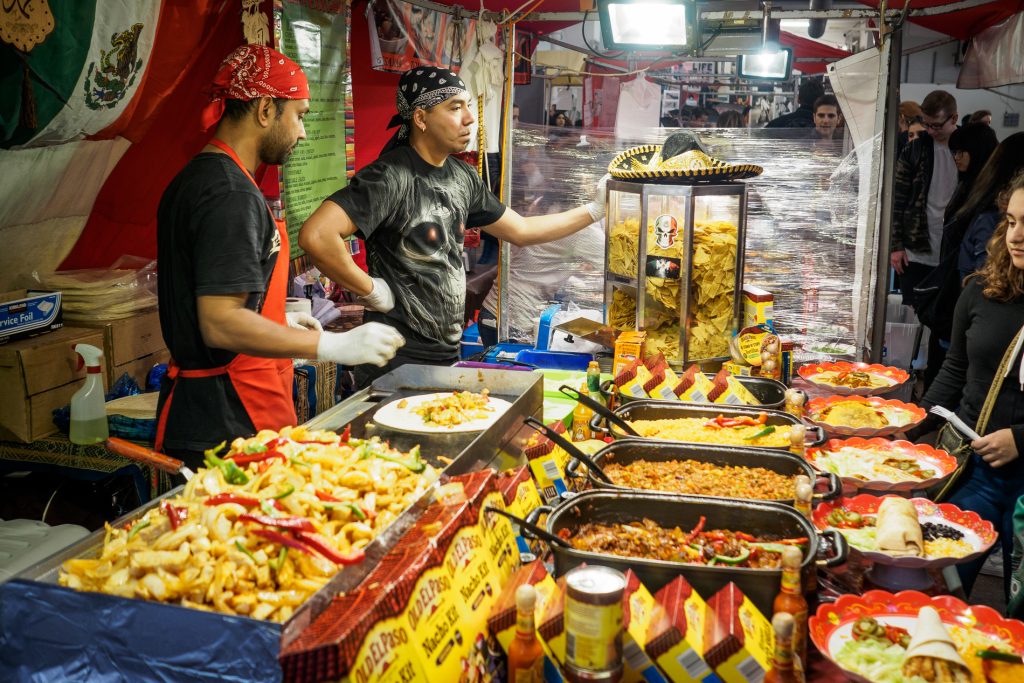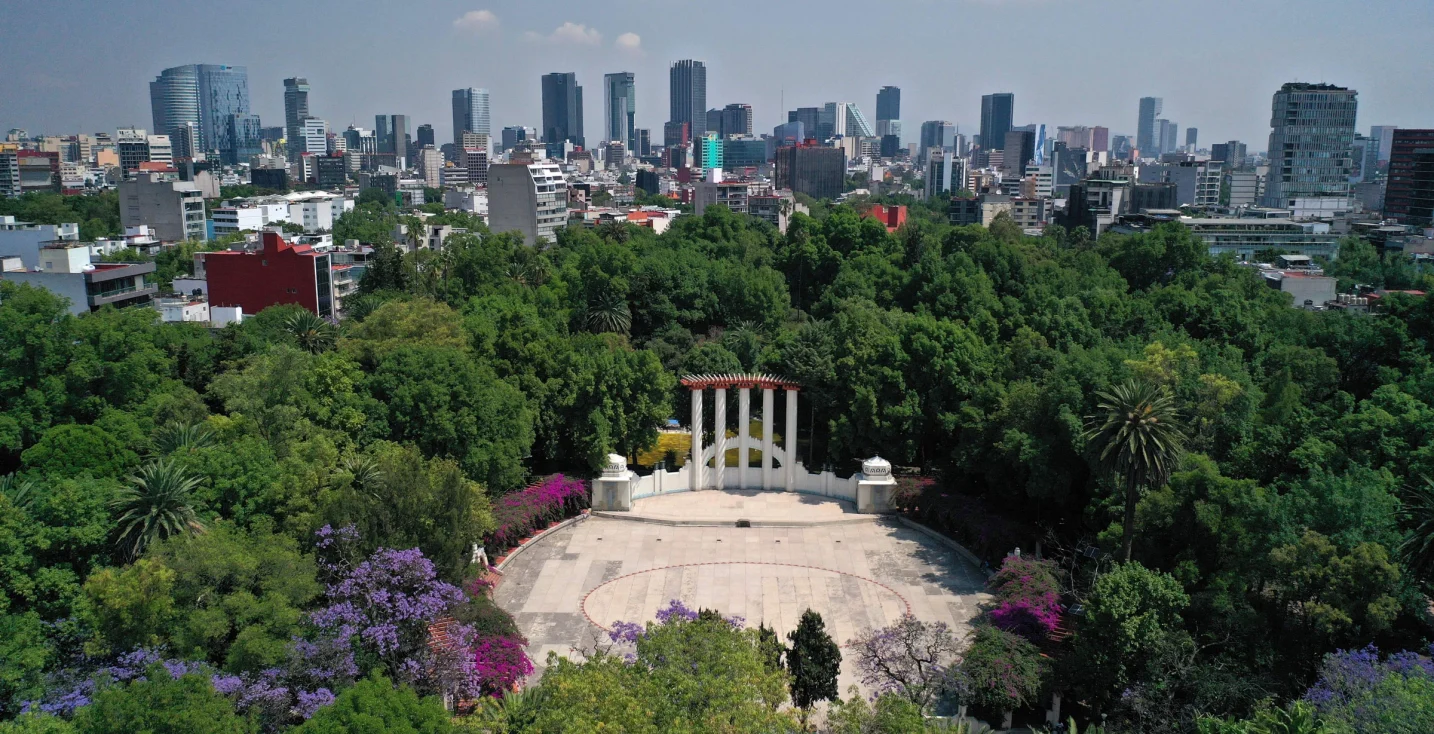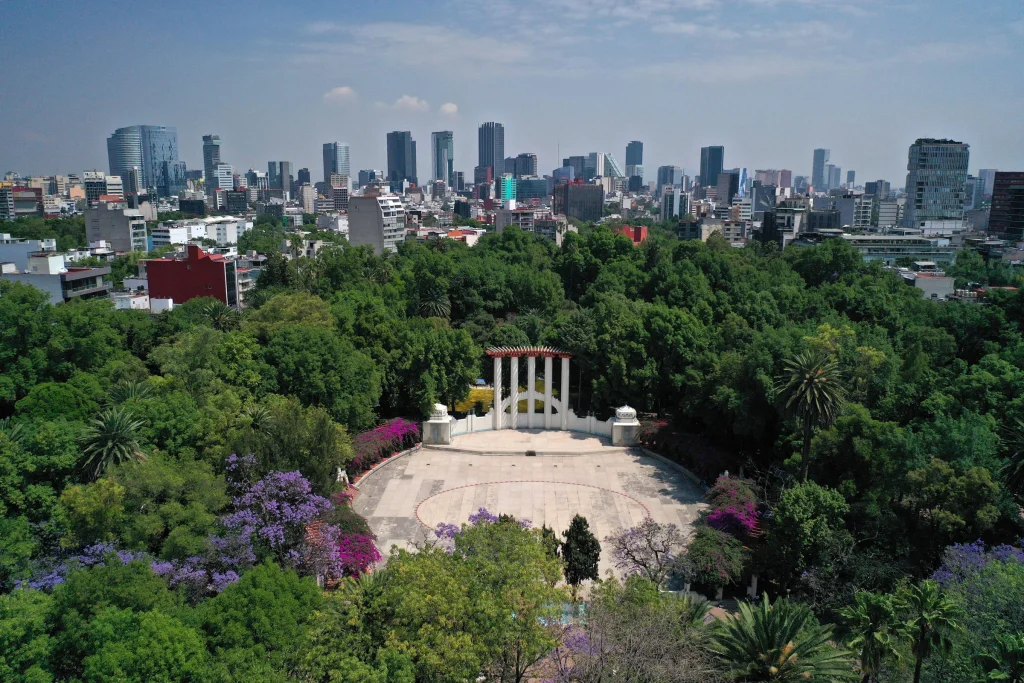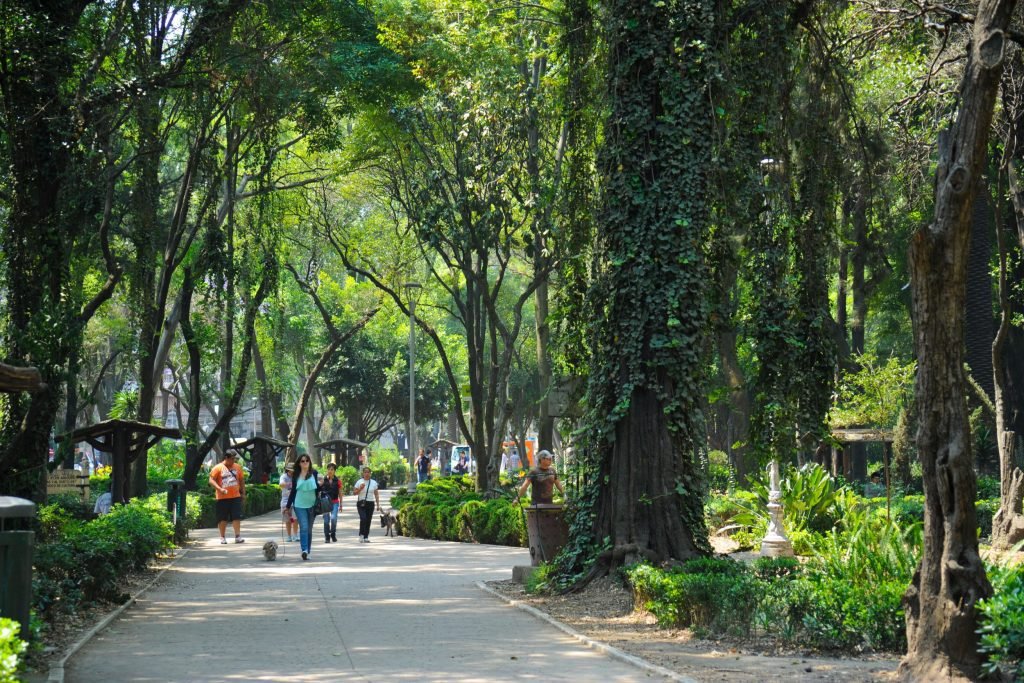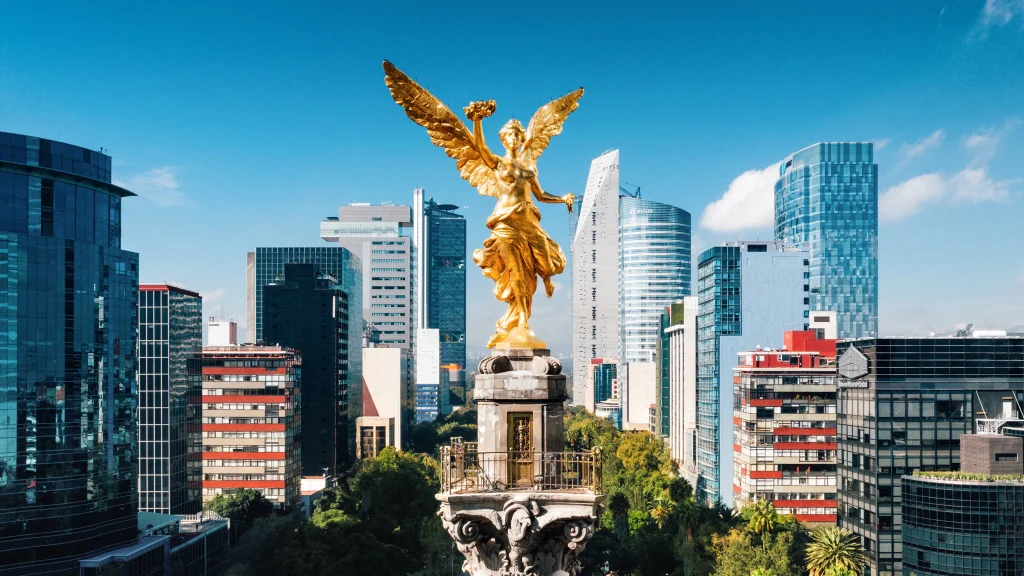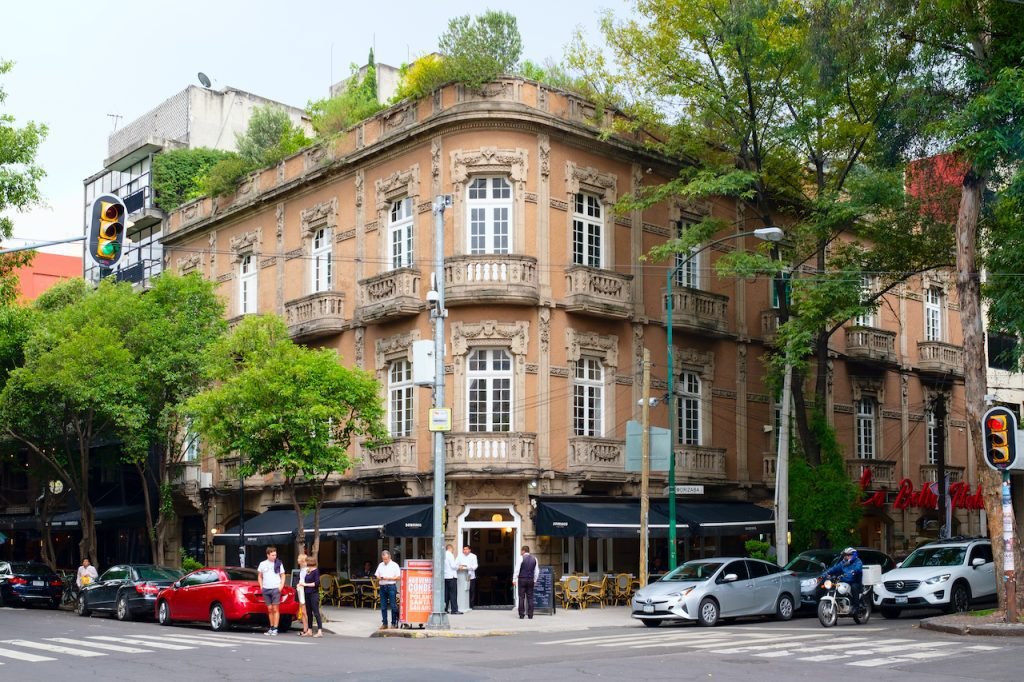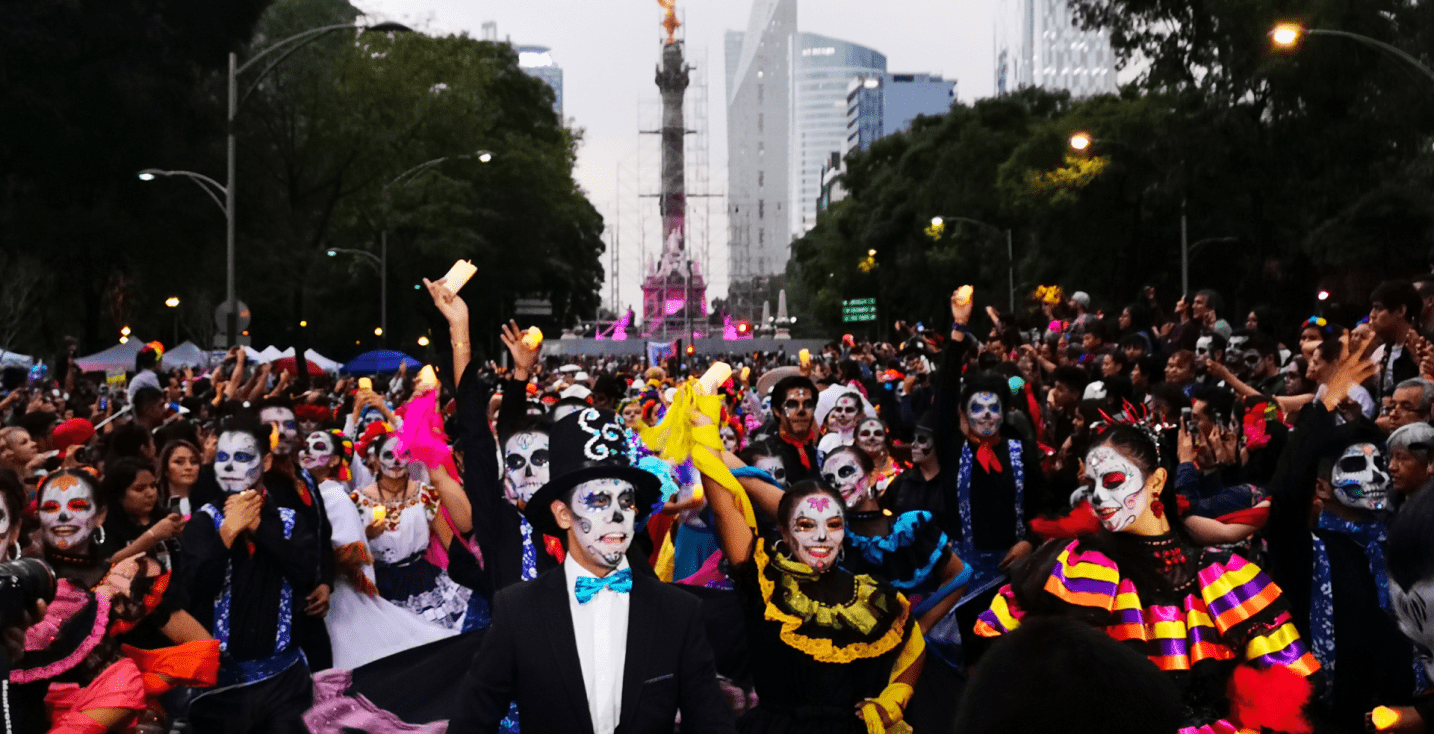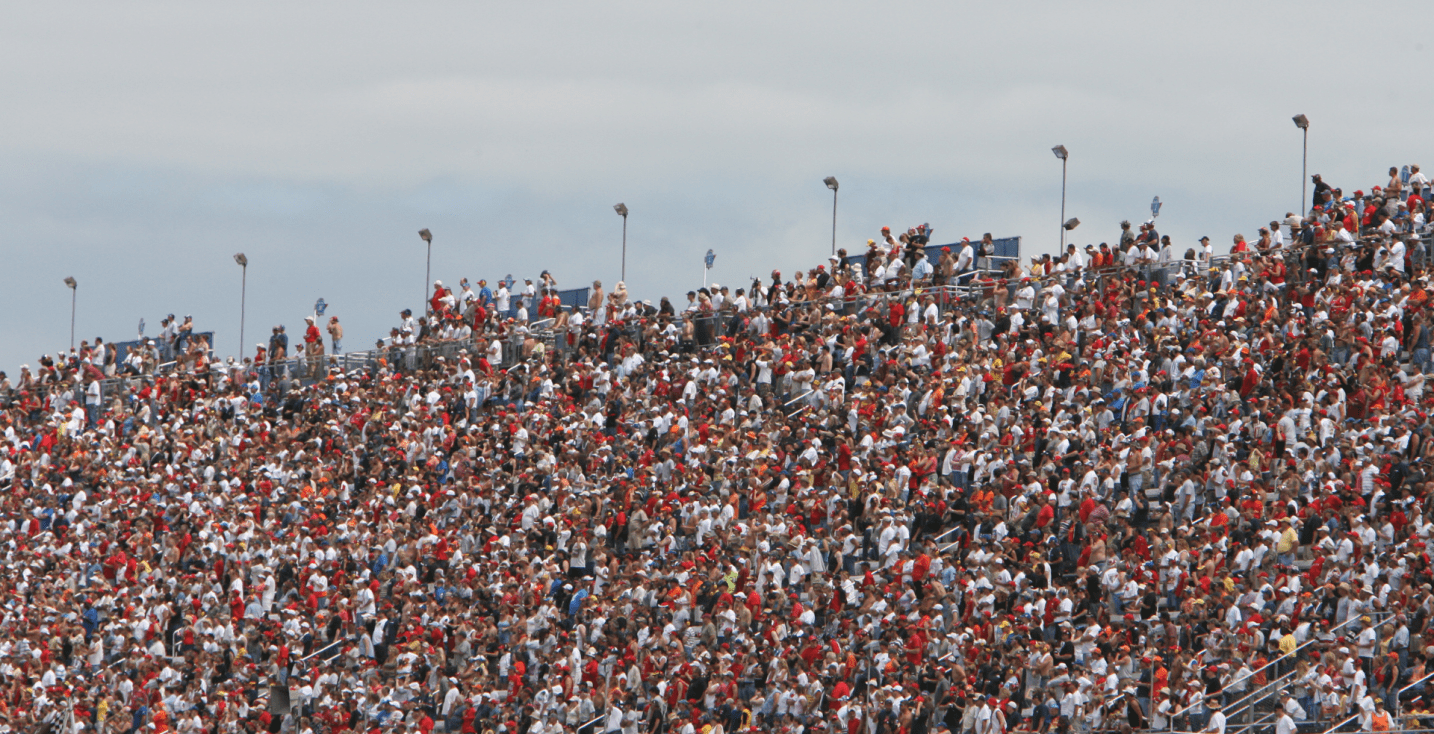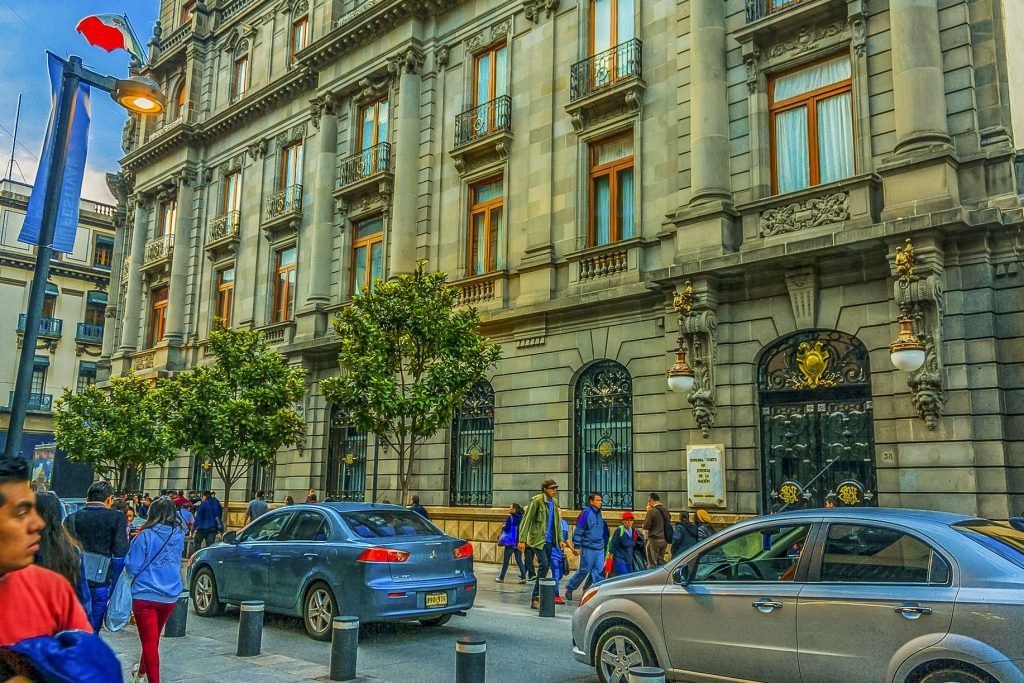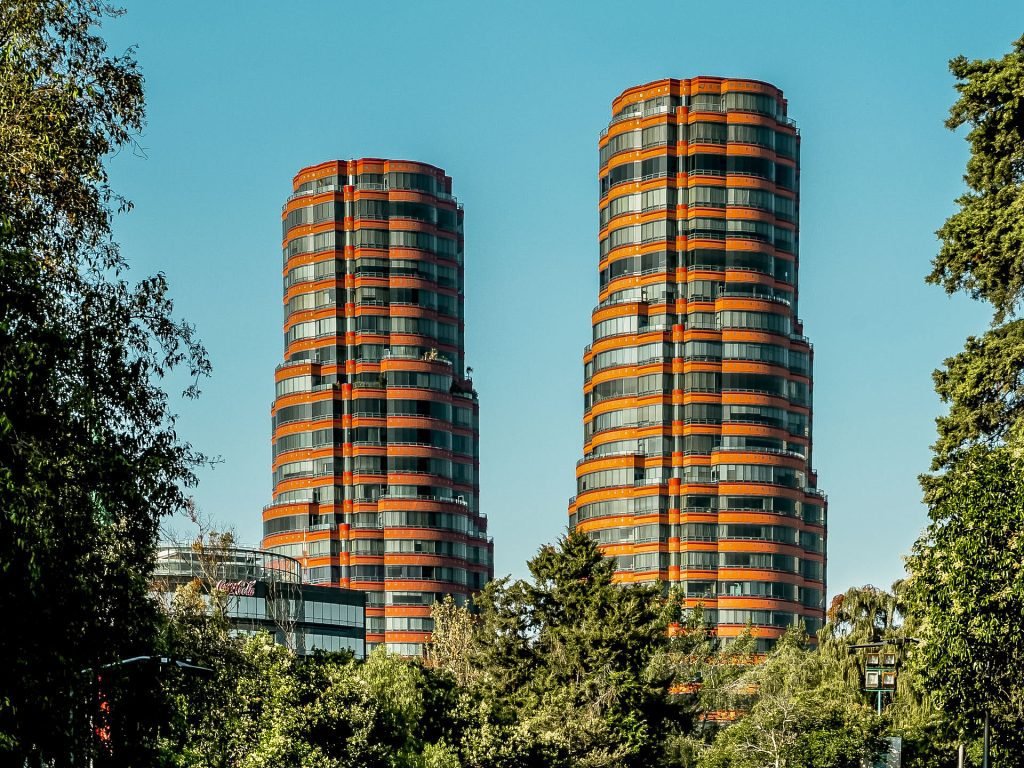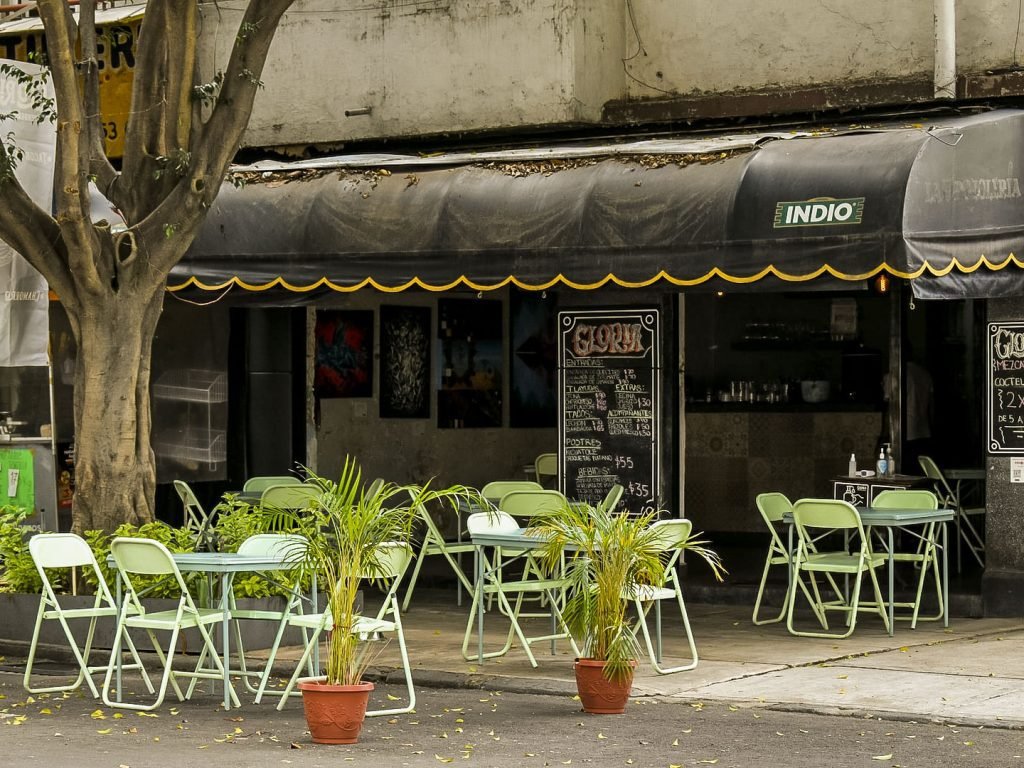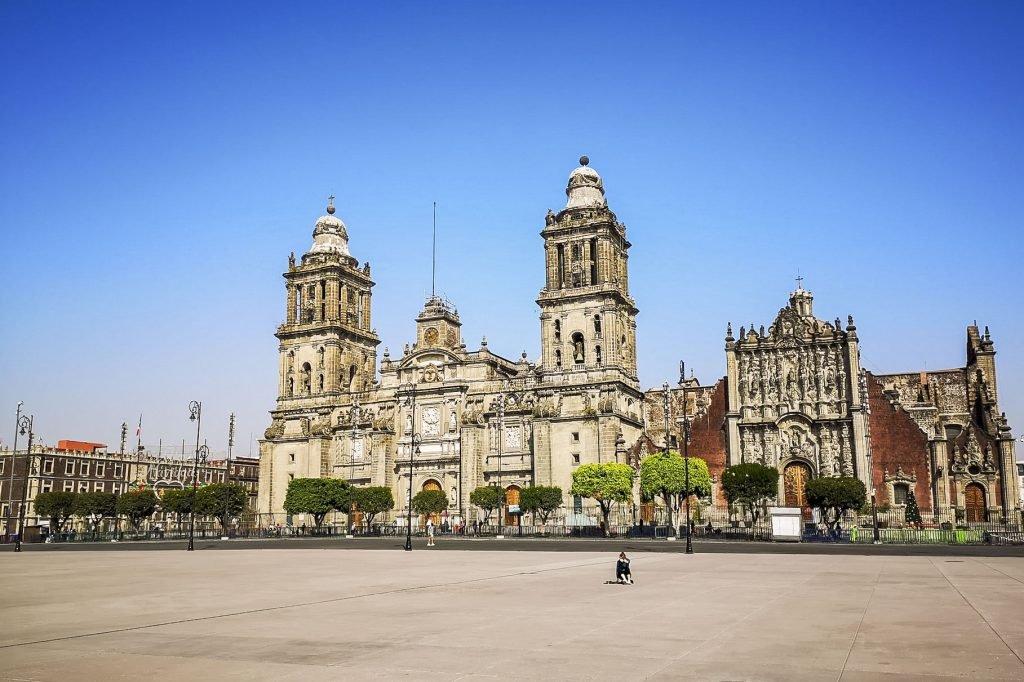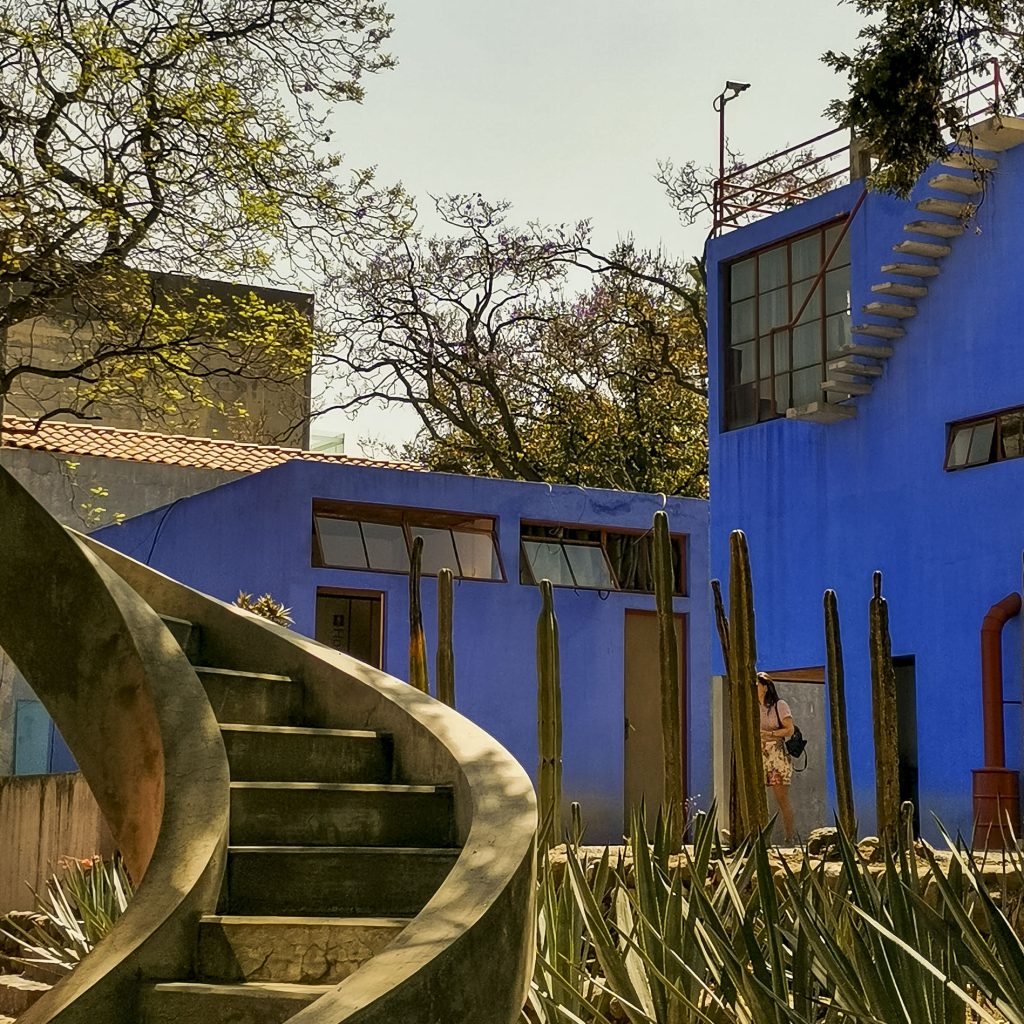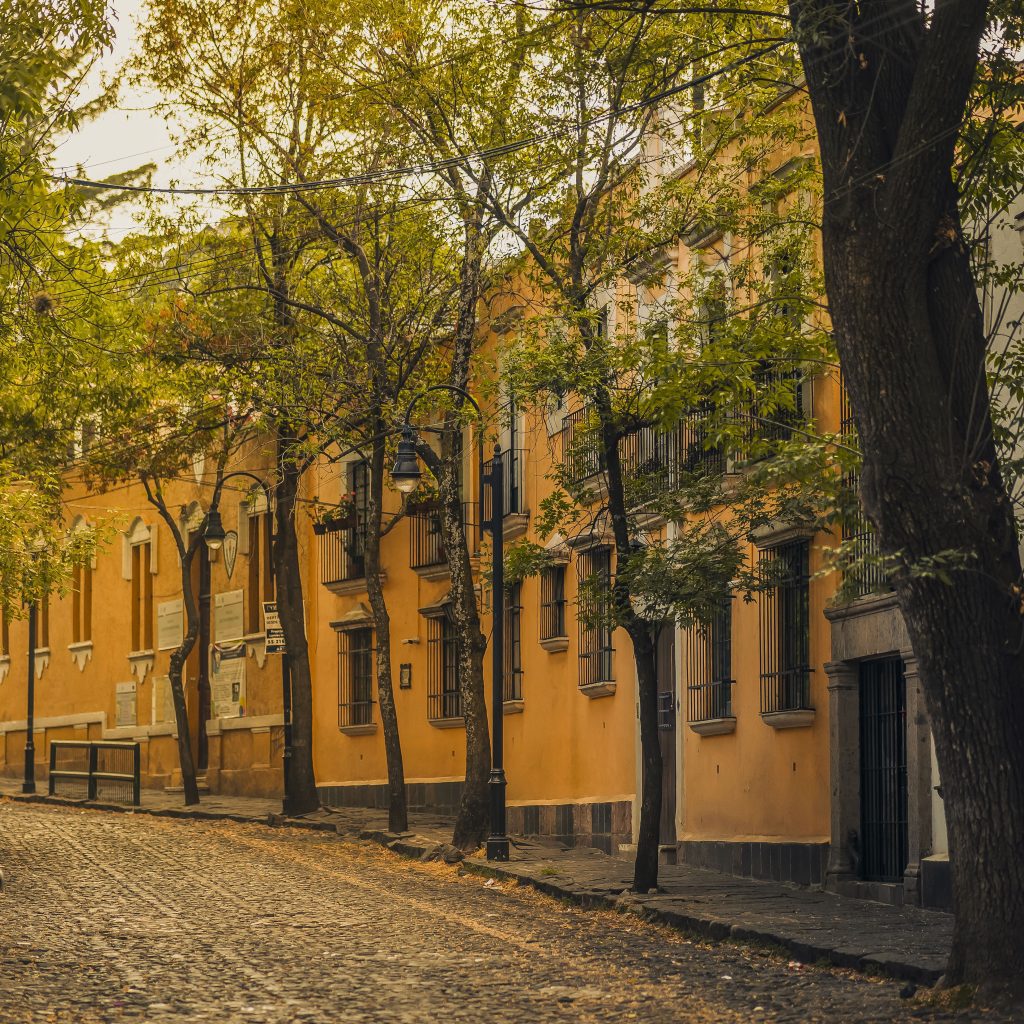
If history and archaeology are your passions, and learning about cultures different from your own is what gets you out of bed in the morning, Mexico City has a great deal to offer regarding that. You’ll find many fascinating options in downtown Mexico City alone. However, if your passion also includes the heart of an explorer, you’ll be thrilled to discover that more sites near Mexico City are worth seeing. Sites near Mexico City include the Teotihuacán Pyramids, San Miguel de Allende, and Oaxaca. Every site near Mexico City has something to offer. From ancient ruins in Teotihuacán Pyramids to culinary wonders in Oaxaca, you’ll find these and more near Mexico City.
Ruins Near Mexico City: Teotihuacán Pyramids
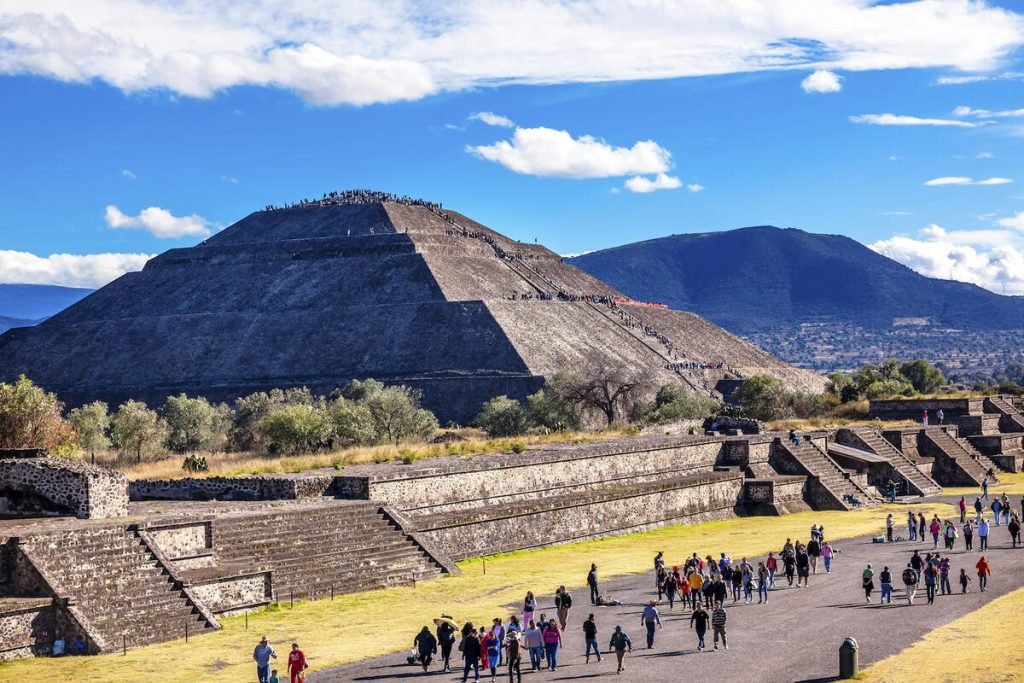
Discover the ancient wonders just a stone’s throw away from the bustling metropolis of Mexico City at the iconic Teotihuacán Pyramids. As a testament to the rich history of Mesoamerican civilizations, these ruins offer a captivating journey into the past. Teotihuacán, meaning “the place where the gods were created,” stands as one of the most significant archaeological sites in the region. This easily accessible site near Mexico City, and UNESCO World Heritage place allows visitors to step back in time and explore the remnants of a once-thriving pre-Columbian city.
Nestled within the Valley of Mexico, Teotihuacán’s grandeur is exemplified by the Pyramid of the Sun and the Pyramid of the Moon, both towering structures that beckon travelers seeking a cultural and historical escape. The site provides a unique opportunity to marvel at the advanced urban planning and architectural prowess of the ancient Teotihuacanos. Exploring these ruins near Mexico City is not just a journey into the past; it’s an immersive experience that unveils the mysteries of a civilization that thrived over two millennia ago. For those eager to unearth the secrets of Mesoamerican history, Teotihuacán stands as an unmissable destination, right on the doorstep of Mexico’s vibrant capital.
Your Mexico getaway awaits! Contact us for expert help in planning your vacation – accommodations, transport, tours, and more. We’re here for you!
San Miguel de Allende
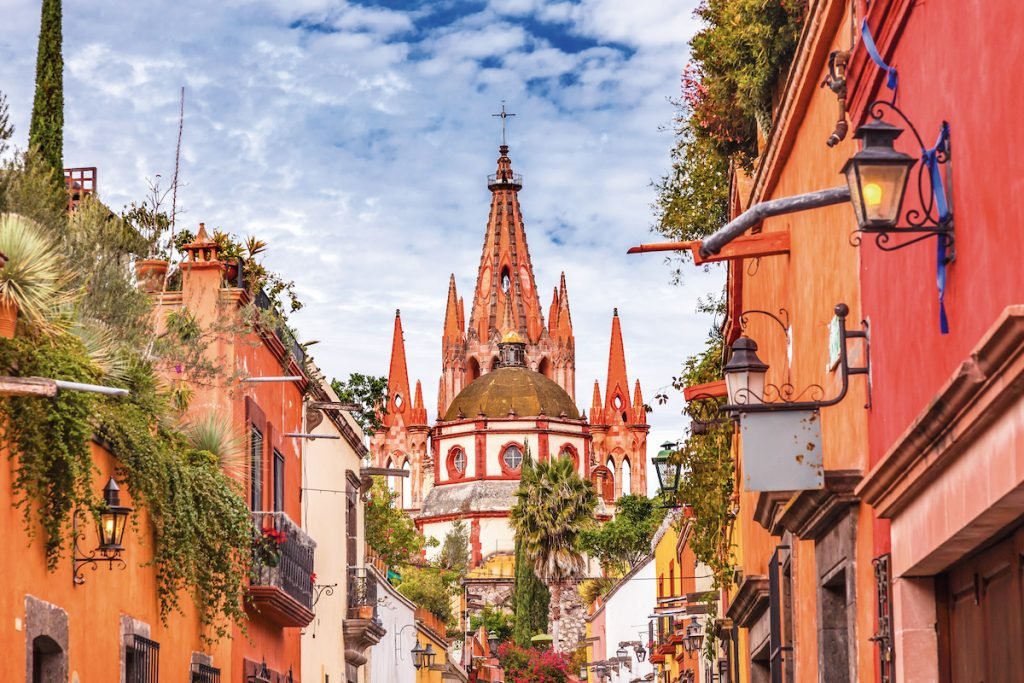
If you’re interested in taking a day trip, Mexico City to San Miguel de Allende is about a four-hour drive. There are tons of things to do there such as visiting museums, visiting boutiques where you can find handmade items, enjoying live music, good food, wine tastings, and more. There are a couple of interesting stops between Mexico City and San Miguel de Allende that you may want to consider if you want to take a break from driving and get out to stretch your legs.
Museo Nacional de Virre is about an hour away from Mexico City. It’s filled with fine art, inlaid wood pictures, religious statues, paintings, and more. This is something of an extension of the beautiful artistic works you’d see in Mexico City Metropolitan Cathedral.
Another option that’s about an hour away from Mexico City is Xochitla Ecological Park. Though the park is privately owned, it’s open to the public. It offers a beautiful and peaceful 2.3-mile loop that’s typically considered a moderately challenging hike on a dirt trail. The focus of this park is to enhance environmental conscience and to offer a refuge to wildlife.
Your Mexico vacation, our expertise! Reach out for help with accommodations, transport, tours, and reservations. Let us make your trip unforgettable.
Guanajuato

Another option for a day trip is Mexico City to Guanajuato, which is about a five-hour drive. Guanajuato was quite a wealthy location in its early days. It was very rich in silver and gold deposits. Back in the 16th century, it was considered a silver-mining center. Then it went into an extended time of decline because of a revolt in 1810. It didn’t start to make a comeback until about the middle of the 20th century. If you’re into architecture, you’ll get to enjoy colonial-style buildings and brightly colored homes as you explore along cobblestone streets. Guanajuato’s most famous attraction is the Mummy Museum. There’s also an interesting theater, which is a unique blend of ancient Roman architecture on the outside, and oriental styling on the inside.
It’s interesting to note that a drive from San Miguel de Allende to Guanajuato would be about one-and-a-half hours. So it would be possible to visit Guanajuato after spending time in San Miguel de Allende.
If you were to choose to travel from Mexico City to San Miguel de Allende to Guanajuato, you could also pick up Leon, which is about one-and-a-half hours from Guanajuato. Leon is a bustling city and is the fifth largest city in Mexico. It’s a great place to get quality leather goods and is accessible from several airports.
Planning your Mexico escape? We’ve got the details covered! Contact us for assistance with accommodations, transport, tours, and securing that perfect reservation.
Oaxaca

If you’re a road warrior, Mexico City to Oaxaca is just over a six-hour drive. So this might make a good weekend adventure because of the travel time involved. As much as Oaxaca has to offer, planning for more than just a weekend visit may be necessary.
Oaxaca is a place of variety, activity, beauty, history, and fine culinary delights. One of the most fascinating places to visit in Oaxaca is the UNESCO site in Monte Alabán. Three different people groups lived in the area for 1500 years, so there is a large number of amazing ruins including ancient pyramids, fortresses, an observatory, and more.
Oaxaca is full of open-air markets. The most well-known is the Tlacolula Market. Besides fresh meat and vibrant produce, there’s also the opportunity to check out local, handmade items such as pottery and wooden collectibles.
A beautiful, historical building in the downtown area of Oaxaca is the Oaxaca Cathedral. It’s been around since the 1500s but had to undergo significant repairs after it was damaged in an
earthquake in 1714. Oaxaca Cathedral is a beautiful site to visit, especially at night when it’s lit up.
Now that you’re familiar with Mexico City, let’s design a custom itinerary for your exploration.
Beyond Mexico City Surroundings
While Mexico City has a great deal of beauty, history, and fun places to explore, each nearby city has its own story to unfold about Mexico’s past, present, and dreams for the future. The information shared here is only a fraction of the fascinating travel experiences awaiting those who choose to step into the journey of unmissable sites near Mexico City.
Craving a taste of Mexico? Let us be your flavor guide! We’re not just planners; we’re memory architects. Dive into your dream getaway with us, where every detail is a stroke of brilliance.




